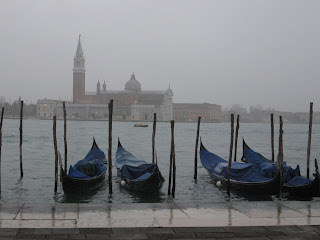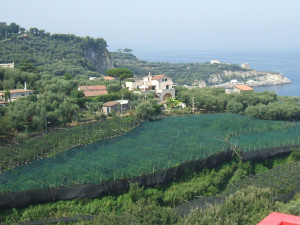Important advice for aspiring crime writers from author P D James
Over the years P D James has consistently maintained that setting is a key element in a detective novel.
When I
interviewed her for a newspaper feature in the 1990s she said her own novels
were nearly always inspired by a particular place she had visited.
She loved
the East Anglian coasts, Suffolk in particular, and set many of her novels in seaside towns
she found particularly inspiring, having explored them thoroughly to enable her
to describe the setting for her stories evocatively.
 |
| Helpful book for novice crime writers |
In her
book Talking about Detective Fiction, P D James says the world in which the
characters in a novel live has to be made to seem real. She writes: ‘We (the
readers) need to breathe their air, see with their eyes, walk the paths they
tread and inhabit the rooms the writer has furnished for them.’
She also
believes it’s important for the setting to be seen through the eyes of one of
the characters, not merely described by the author, and that setting can
establish the mood of a novel, citing Sir Arthur Conan Doyle’s The Hound of the
Baskervilles as an example.
P D James
writes: ‘We only have to think of …that dark and sinister mansion, set in the
middle of the fog-shrouded moor, to appreciate how important setting can be to
the establishment of atmosphere. The Hound of Wimbledon Common would hardly
provide such a frisson of terror.’
She was
inspired to write her novel, Devices and Desires, (1989), one of her 14 novels
featuring the detective Adam Dalgliesh, while on a visit of exploration in East
Anglia, when she was standing on a deserted shingle beach one day.
She
writes: ‘There were a few wooden boats drawn up on the beach, a couple of brown
nets slung between poles and drying in the wind and, looking out over the
sullen and dangerous North Sea, I could imagine myself standing in the same
place hundreds of years ago with the taste of salt on my lips and the constant
hiss and withdrawing rattle of the tide. Then, turning my eyes to the south, I
saw the great outline of Sizewell nuclear power station and immediately I knew
that I had found the setting for my next novel.’
PD James
says she was excited because she knew that however long the writing took she
would eventually have a novel.
She began
her research by visiting nuclear power stations and speaking to the scientists
to find out how nuclear power stations are run.
 |
| Bergamo's historical upper town |
PD James
wrote her book, Talking about Detective Fiction, at the request of the Bodleian
publishing department. She says she was invited by the Librarian to write a
book in aid of the Library on the subject of British detective fiction, because
it is a form of popular literature that had for over 50 years fascinated her
and engaged her as a writer.
At the
beginning she describes how the genre started in the 19th century, pinpointing
The Moonstone by Wilkie Collins as the first English detective story. She then
discusses the contributions of Sir Arthur Conan Doyle, with his character,
Sherlock Holmes, and G K Chesterton, with his amateur sleuth, Father Brown.
The work
of the four Queens of Crime – Agatha Christie, Dorothy L Sayers, Margery
Allingham and Ngaio Marsh is evaluated along with that of other Golden Age
writers. She then casts her eye over the American PI offshoot from the genre
and the modern developments British writers have now introduced.
Perhaps
the most helpful to aspiring crime writers are the final three chapters of this
fascinating little book, where P D James deals with setting, viewpoint and
character.
Looking
into the future, she predicts that many people will continue to turn to the
detective story for ‘relief, entertainment and mild intellectual challenge.’
PD James
published her final Adam Dalgliesh novel, The Private Patient, in 2008.
Talking
about Detective Fiction was published by Bodleian Library in 2009.
PD James
died in November 2014 in Oxford.
Talking about Detective Fiction is available from or


























